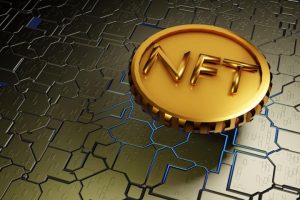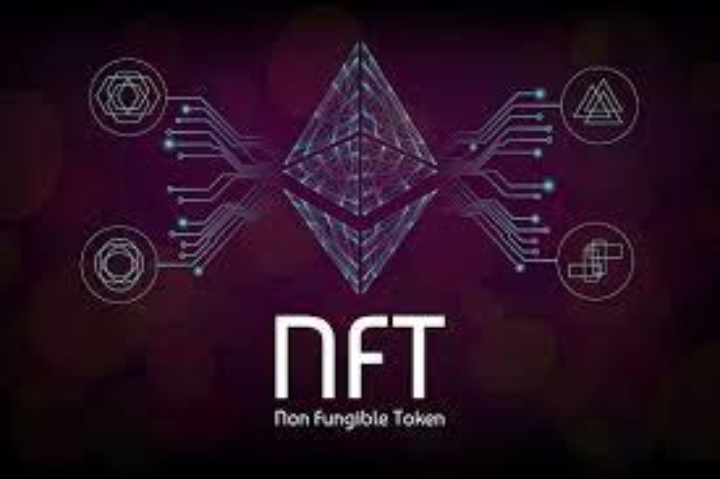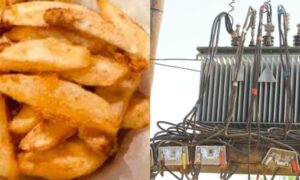There is a lot of hype around Non Fungible Tokens. What with news of people making millions of dollars from the sale of prized NFT assets?
But even as the hype grows, it is clear that there are a huge number of potential investors still trying to decipher what the NFTs entail.
So what is an NFT?
NFT stands for Non-Fungible Token, and the word “Non-Fungible” in this case means that it is unique and cannot be replaced by something else.
For example, bitcoin is fungible, which means you can exchange one for another and get the same thing.
However, a one-of-a-kind trading card is non-fungible in the sense that if you traded it for a different card, you’d have something diametrically different.
In simple terms, an NFT is a digital asset that captures or represents real-world objects like art, music, in-game items, and videos.
Suffice it to say, NFTs are bought and sold online, often with cryptocurrency.
Notably, they are generally encoded with the same underlying software as cryptos.
READ ALSO: Cryptocurrency: The Digital Currency And How It Works
NFTs have been around since 2014, but of late they have been gaining notoriety as they are becoming a popular way to buy and sell digital artwork.
Now, how do NFTs work?
At an apex level, most NFTs are part of the Ethereum blockchain, although other blockchains have implemented their own version of NFTs.
Ethereum, which is a cryptocurrency similar to bitcoin or dodecoin, also keeps track of who owns and trades NFTs.
What is worth grabbing at the NFT market?
NFTs can really be anything digital, ranging from drawings to music to novel AI concepts. However, the current excitement revolves around using the technology to sell digital art.

An NFT is a digital asset that captures or represents real-world objects like art, music, in game items and videos. PHOTO/COURTESY
So what’s the point of NFTs?
This question is a bit subjective, as it really depends on whether one is an artist or a buyer.
As an artist, you might be interested in NFTs as it provides a way to sell work that there otherwise might not be much of a market for.
Consider creating a really cool digital sticker, a GIF, and other items.
What’s more, some NFT market places have a feature where you can make sure you get paid a percentage every time your NFT is sold or changes hands.
As a buyer, you get to financially support the artist you like. Also, buying NFT usually gets you some basic usage rights; think of being able to set the image online or set it as your profile picture.
As a collector
NFTs can function similarly to other speculative assets, such as stocks, in that you buy them and hope the value rises one day, allowing you to make thousands, if not millions, of dollars.
What differentiates an NFT from a cryptocurrency?
While it’s generally built using the same kind of programming as cryptocurrencies like bitcoin or ethereum, the similarity ends there.
Physical money and cryptos are “fungible” in the sense that they can be traded or exchanged for one another.
This is to say they are also equal in value—one dollar for another dollar—the same way one bitcoin is always equal to another bitcoin.
On the other hand, NFTs are different in the sense that each has a digital signature that makes it impossible for NFTs to be exchanged for or equal to one another (hence, non-fungible).
How does an NFT work?
NFTs exist on blockchain. Now, to simplify things at this point, let’s regard a blockchain as a distributed public ledger that records transactions.
NFTs are typically held on the Ethereum blockchain, even though other blockchains support them as well.
An NFT is created or “minted” from digital objects that represent both tangible and intangible items, including:
An NFT buyer gets exclusive ownership rights, so NFTs can only have one owner at a time. The use of blockchain technology makes it easy to verify ownership and transfer tokens between owners.
Should you purchase NFTs?
The answer to this question is entirely subjective, but the truth is, it is still risky because NFTs’ future is uncertain.
This is because their track record is still insufficient to judge their performance.
What’s more, NFT’s value is entirely based on what another person is willing to pay for it.
This is to say that an NFT’s demand drives the price rather than basic, technical, or economic indicators, which commonly influence stock prices and at least generally form the basis for investor demand.
How do I buy NFTs?
To begin the NFT collection and investment journey, you will need a few key items.
First, you’ll need a digital wallet that enables you to store NFTs and crypto.
By the same token, you’ll likely need to purchase some cryptocurrency, say, ether, but this is dependent on what currencies your NFT provider accepts.
READ ALSO: 10 Tips for Building a Profitable Forex Trading Career
Also, you can buy crypto using a credit card on platforms like Coinbase, Kranken, eToro, and even Paypal and Robinhood.
After this, you’ll be in a position to move it from the exchange to your wallet of choice.
Do you have a story you would like us to publish? Please reach us at info@gotta.news.
























